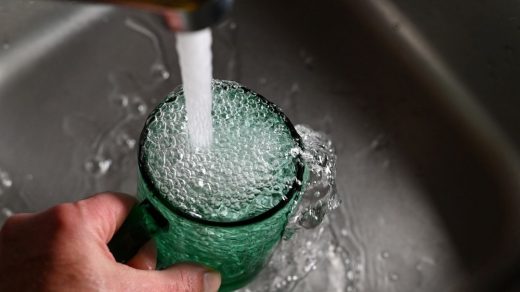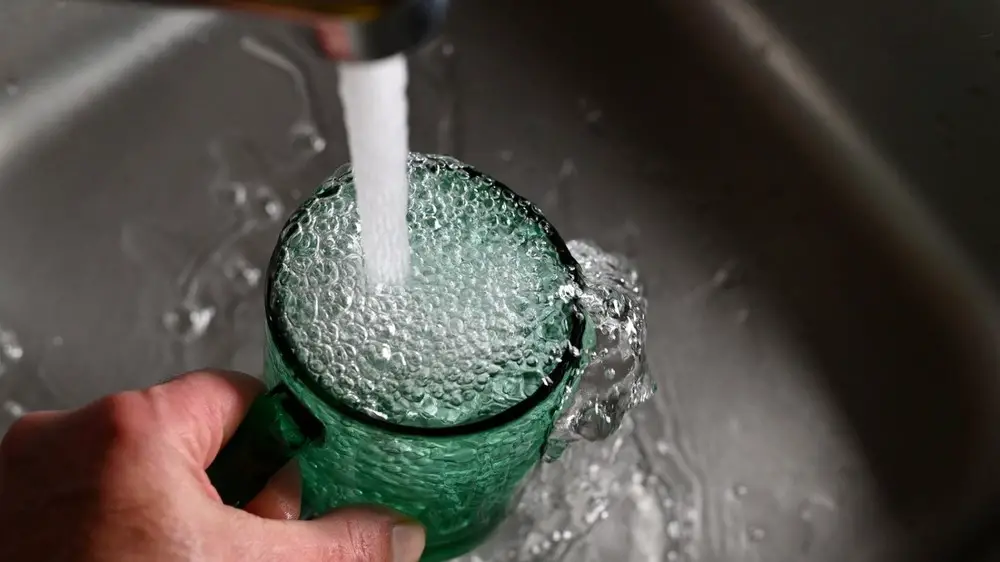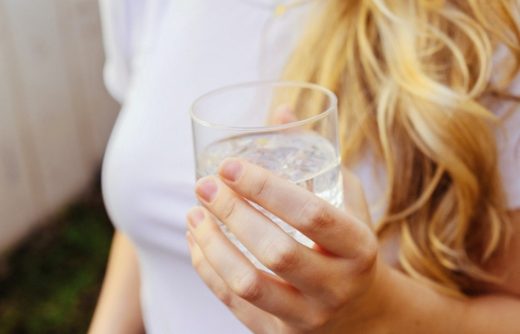Tap Water, Do You Drink It guide, US building safe drinking tips, Online chlorine advice
Tap Water, Do You Drink It? (+ Tips)
22 Oct 2021
Most people get really careful when it comes to drinking water, and with good reason. The quality of water we drink can dramatically affect the state of our health. There are various sources of drinking water out there, but the most readily available is tap water. It’s right there in the house, running 24/7. It saves you a trip to the store and, as such, is highly convenient. But should you drink your tap water? How safe is it?
Millions of people in the US drink tap water. As the world moves towards environmental protection, people are finding ways to reduce their consumption of single-use plastics, and drinking tap water seems to be the solution. But is it the best option?
This article will tell you all you need to know about tap water and help you make an informed choice on the best kind of water to drink.

How Safe Is Tap Water?
If you asked a random person today if they drank their tap water, they’d probably answer with an affirmative. A lot of people have become comfortable drinking tap water. Because the water authorities closely regulate tap water, people assume that drinking it should be safe. The thing is, even water that has been deemed “safe” by water authorities isn’t 100% water.
While some areas have it worse than others, the truth remains that all tap water contains traces of minerals and contaminants of varying degrees. Some of the minerals include fluoride, potassium, zinc, iron, and manganese. A couple of these minerals are beneficial to humans in small amounts. Drinking fluoridated water reduces your chances of tooth decay, and a minuscule quantity of chlorine in your water helps kill germs.
Having minerals in the water has its ups for humans, but the real contaminants in tap water pose a serious threat to health.
Tap Water Contaminants
Your tap water might contain some dangerous contaminants, which can spell disaster for your health. Some of these contaminants include,
- Heavy metals
In some cases, heavy metals like mercury, arsenic, and lead can slip into your water supply through natural deposits or the plumbing and service lines.
In simple terms, heavy metals are bad news. Consumption of these through your tap water will lead to toxicity that’s been frequently linked to diseases like cancer, liver damage, kidney damage, intestinal damage, and anemia.
- Microorganisms
There’s no easy way to break this. Your tap water may house millions of bacteria and parasites that pose severe threats to your wellbeing. In extreme cases, hazardous microorganisms like Cryptosporidium, Giardia, and E. Coli get into tap water from the sewage. In cases where the authorities do not detect these microorganisms on time, you and your family will go days drinking the contaminated water.
- Chemicals
Most chemicals are filtered before they get to your tap, but sometimes, chemicals like bleach, Bisphenol-A, and pesticides make it into your glass.
In summary; if you’re serious about what goes into your body, you should avoid drinking tap water, especially if there are babies, young children, and pregnant women in your home. People with HIV, senior citizens, and people undergoing chemotherapy should not drink tap water either as they are more susceptible to contaminants.
How Can You Make Tap Water Safer For Drinking?
While tap water has its cons, it’s a much better alternative than bottled water which is harmful for the environment. The answer to the drinking water problem is not to cancel out tap water but to find a middle ground where you can save the environment and drink good water.
Luckily, there is a way to do this. You can make your tap water safer by using water filters!
Water filters provide physical barriers that prevent contaminants like debris and bacteria from getting into the water you drink. They remove impurities and improve the taste and odor of your water at the same time.
There are different water filters, and if you decide to get one, you need to choose carefully.
Here are various types of top-rated water filters, how they work and what we like about them:
- Water Filter Pitcher: Clearly Filtered
These water filters are affordable, portable, and easy to use. You can carry them around if you want and even store them in the refrigerator to cool. One of their winning features is how easy they are to set up. You don’t need to call a pro to help you. You can set up any water filter pitcher all by yourself.
The Clearly Filtered is an excellent choice if you want clean water without a hassle. The filter removes contaminants in your water and saves you from trips to the hospital. You don’t have to worry about the taste of the filtered water- it tastes fantastic.
Independent labs have tested the Clearly Filtered water filter pitcher, and from their findings, the filtered water’s quality is top-notch. Contaminants such as pesticides, arsenic, chloramine, and some microorganisms are eliminated, while healthy minerals remain in the water at levels required for human consumption. These filters also last longer, and you don’t have to spend a lot of money replacing them all the time.
- Whole House System: Springwell CF
The best thing about whole house water filters is that they filter all the incoming water before it’s dispersed around your house. This means that every outlet in your home will give you filtered water that is utterly safe.
When it comes to whole-house systems for tap water, you want to take a close look at the Springwell CF.
The SpringWell CF system uses a small pre-filter and catalytic carbon mixed with KDF to remove unwanted contaminants from your water.
With the help of this unit, microorganisms, chemicals, and tiny particles have no chance of getting in your drinking water. The Springwell CF comes in three different sizes, and your selection will be based on the size of your household.
- The filter has a small version that caters to 1-3 bathrooms and has a flow rate of 9 gallons per minute.
- The next size works for homes with 4-6 bathrooms and has a flow rate of 12 gallons per minute.
- The largest version with a flow rate of 20 gallons per minute caters to huge households.
You can install this system yourself, but you’ll have to do some plumbing. If plumbing isn’t your strong point, you can get in touch with a plumber.
This filter won’t cost you much to maintain as the sediment pre-filter only needs to be replaced once or twice a year.
At the end of the day, you should choose a water filter based on the needs of your household and what you’re trying to achieve.
Comments on this Tap Water, Do You Drink It? article are welcome.
Water / Floods Articles
Water / Floods Posts
Buying Under Sink Water Filter for the Home?
Consider a Faucet-mounted Water Filter
Finding the best water treatment experts
How to Remineralize Reverse Osmosis Water
Building Articles
Residential Architecture
Comments / photos for the Tap Water, Do You Drink It? page welcome






